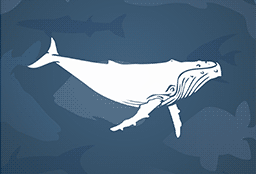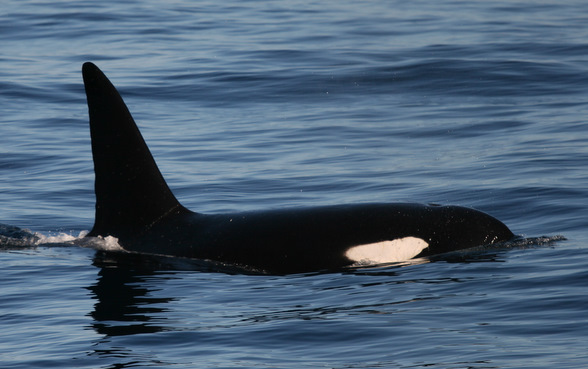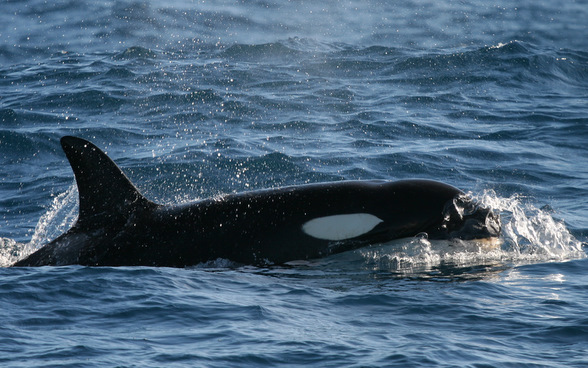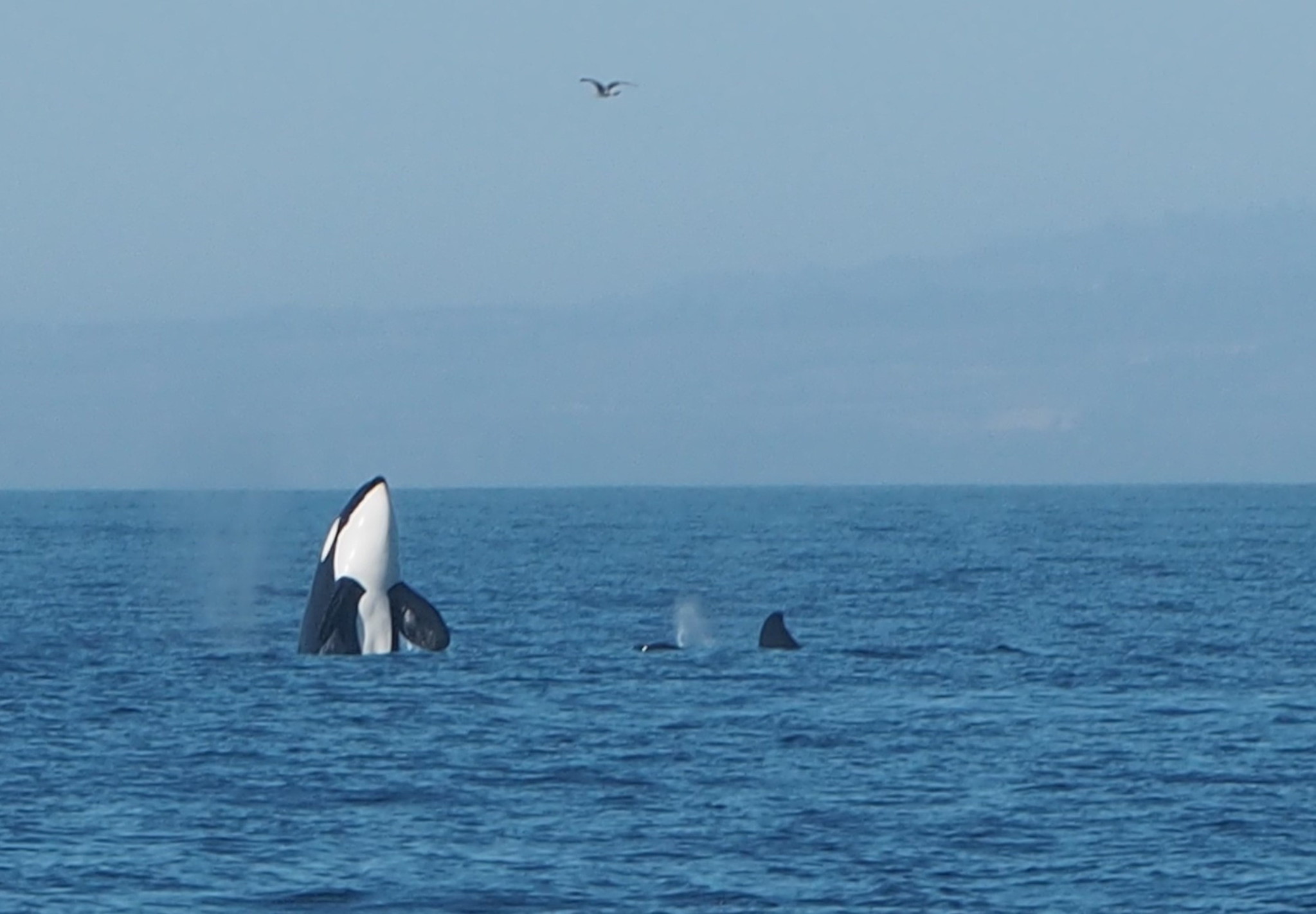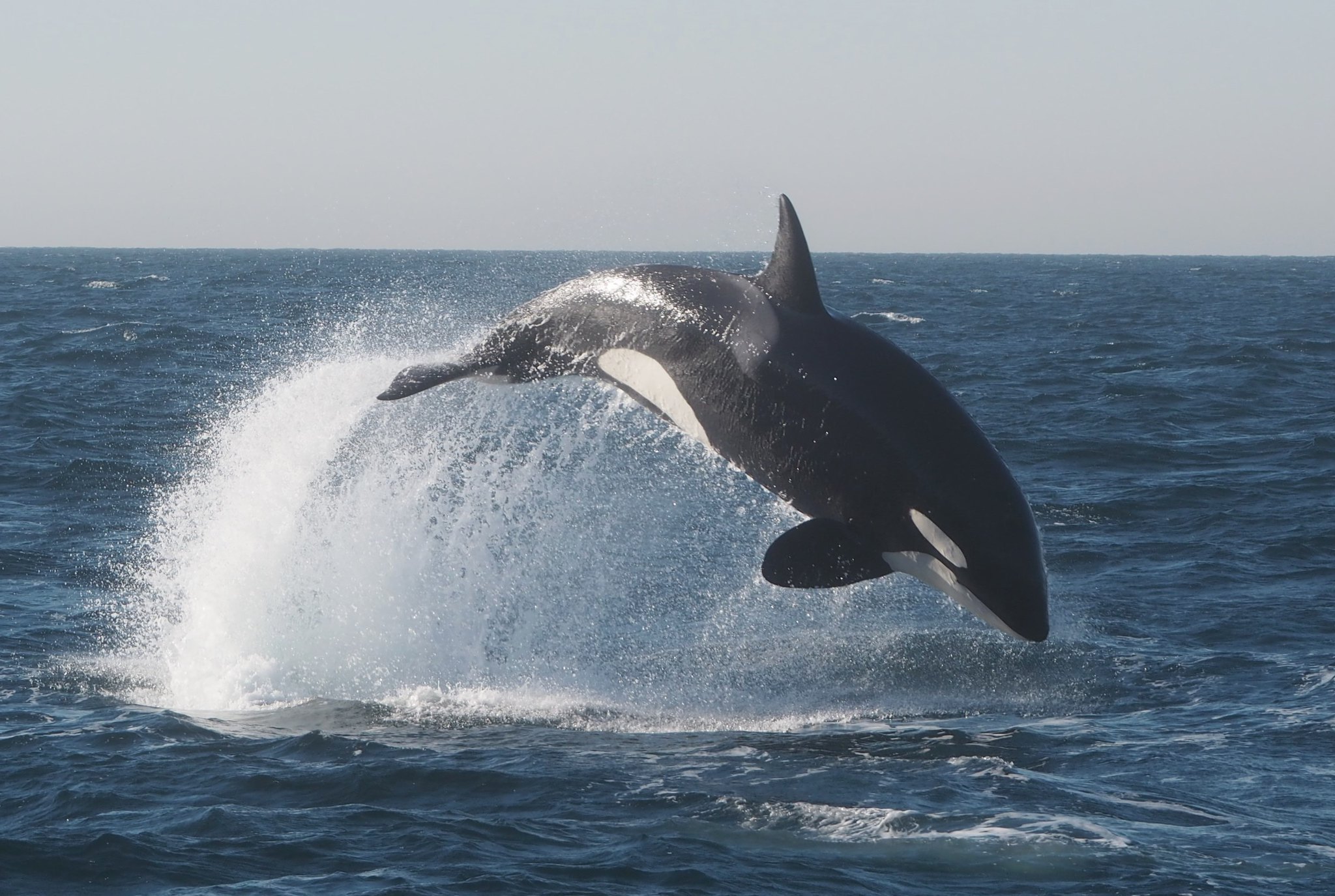Behaviour
Diet
They prey on whales, dolphins and seals as well as fish; known to “play” with their food.
Movement
They can be found feeding, travelling, resting or socialising in Australian waters; however they are rarely seen at the surface for long periods making them difficult to spot. Occasionally they may hold their head out of the water, known as ‘spy hopping’ which may help them to see their surroundings.
There is evidence of medium range migration that shows some correlation with the migration and breeding of target prey species such as fur seals and Humpbacks. Orcas from other parts of the world are known to make seasonal movements and ‘Australian’ Orcas may possibly migrate between Antarctica and mainland Australia, following the seasonal migration of their prey. Their location might be revealed by the presence of birds attracted to the pod during times of hunting.
Field Guide
Improve your identification skills. Download your Orca guide here!

